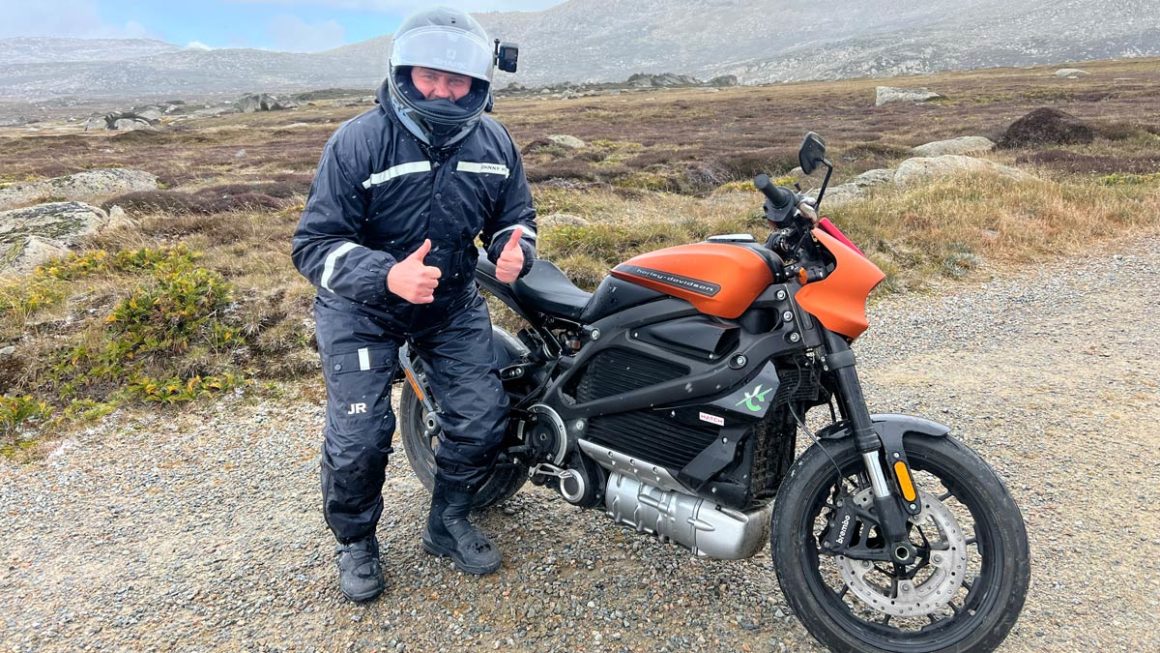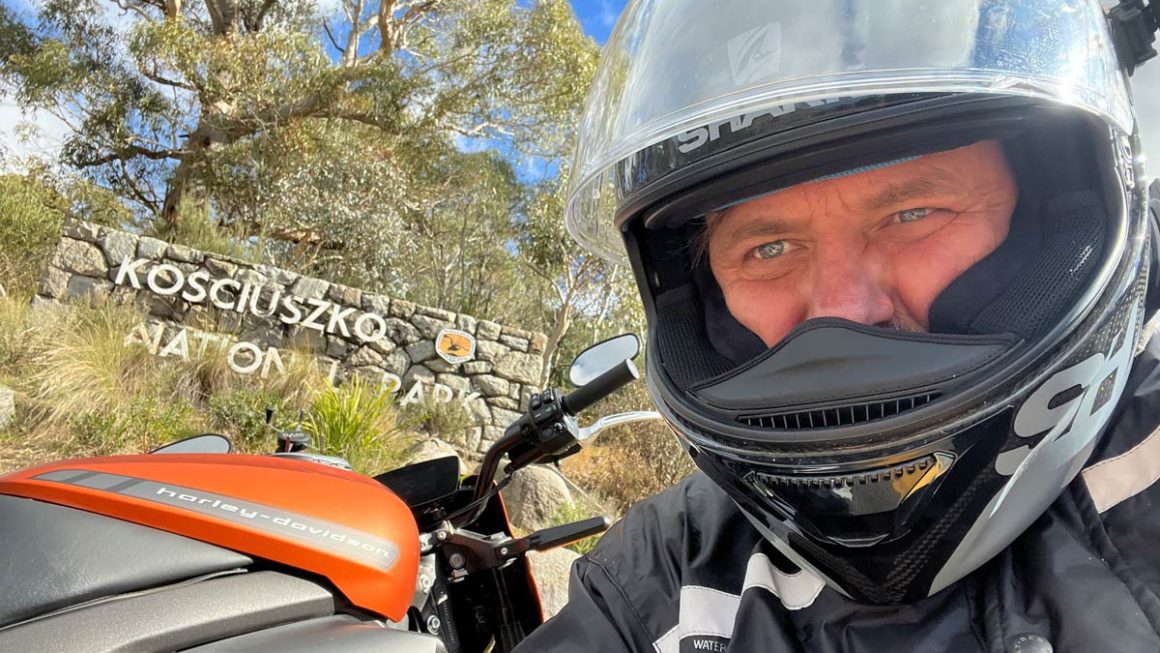A South Australian man recently completed a 1,880-kilometre journey from Australia’s largest lake (when full) in the South Australiam outback to the country’s highest peak in NSW, all for a cost of $15.50.
Duncan Mallord, the Adelaide location manager for engineering company Hatch, says he started out at the Lake Eyre Yacht Club in regional South Australia aboard a Harley Davidson Livewire. The journey from Lake Eyre (Kati Thanda) to Mount Kosciuszko took him 102 hours, including stops for charging.
“Electric vehicles are an important part of the move towards sustainable energy, but the charging infrastructure still has a way to go, and there has been a bit of a reluctance in Australia to make the shift across,” says Mallord.
“Here, there is also a lack of government incentives to do so, which has sped up the transition in other countries.”
But Mallord wanted to show that electric vehicles were becoming more and more an option for Australians.

“I wanted to make a statement that they are a viable option now, not just sometime in the future. Now that I have done it, I have no concerns over the availability and reliability of the charging points, which is one of the primary concerns of the everyday user. I know where they are and how quickly I can charge my bike and set off again.”
Mallord planned out his route in advance to ensure he would have access to charging stations when necessary, and even though there were a few hair-raising moments – such as when he passed a huge mob of kangaroos lining the roadside on one leg of his journey between Copley and Hawker – the whole journey passed by relatively uneventfully.
“I was on high alert to ensure that if any decided to make a charge, I could steer well clear of them,” Duncan recalls of his experience with the hundreds of kangaroos. “With the electric bike not making a noise, they all just stayed still because they weren’t spooked by the engine, which was a relief.”

Unsurprisingly, Mallord is already planning an even longer journey, aiming to be the first-ever electric motorcycle to cross the Nullarbor.
Mallord’s electric motorcycle journey was also supported by his employers at Hatch, an engineering firm that has already helped lead dozens of renewable energy projects in Australia, including the Sun Cable Australia-Asia Power Link, the world’s largest solar energy project.

Hatch Managing Director Jan Kwak, who has led these projects in Australia, highlighted the roadblocks to EVs taking off in Australia, beyond the lack of government investment and a lag in charging infrastructure.
“Firstly, motorists expect double the range capabilities that electric vehicles can currently deliver – but with lithium-ion batteries storing increasingly higher densities of energy, this might no longer be concern in the near future,” Kwak said.
“Secondly, it is still unknown how much of an impact a significant increase in electric vehicles will have on the power grid, particularly in the evenings when motorists will likely charge their vehicles.
“Cost is another consumer pain point, and electric vehicles will need to achieve comparable prices to petrol-powered vehicles. Higher EV production volumes as demand increases will help bring prices down,” he said.
“Subsidies can also help manufacturers absorb some supply chain and research and development costs. In Norway, for instance, subsidies make an EV cheaper to own than an internal combustion engine vehicle. We can see with Duncan’s experience, however, that the running costs are significantly lower than for petrol vehicles.
“With Government investment, consumer education, and continuing research and development, I’m confident the individual and environmental benefits of electric vehicles will see take up grow faster in Australia.”
Joshua S. Hill is a Melbourne-based journalist who has been writing about climate change, clean technology, and electric vehicles for over 15 years. He has been reporting on electric vehicles and clean technologies for Renew Economy and The Driven since 2012. His preferred mode of transport is his feet.


